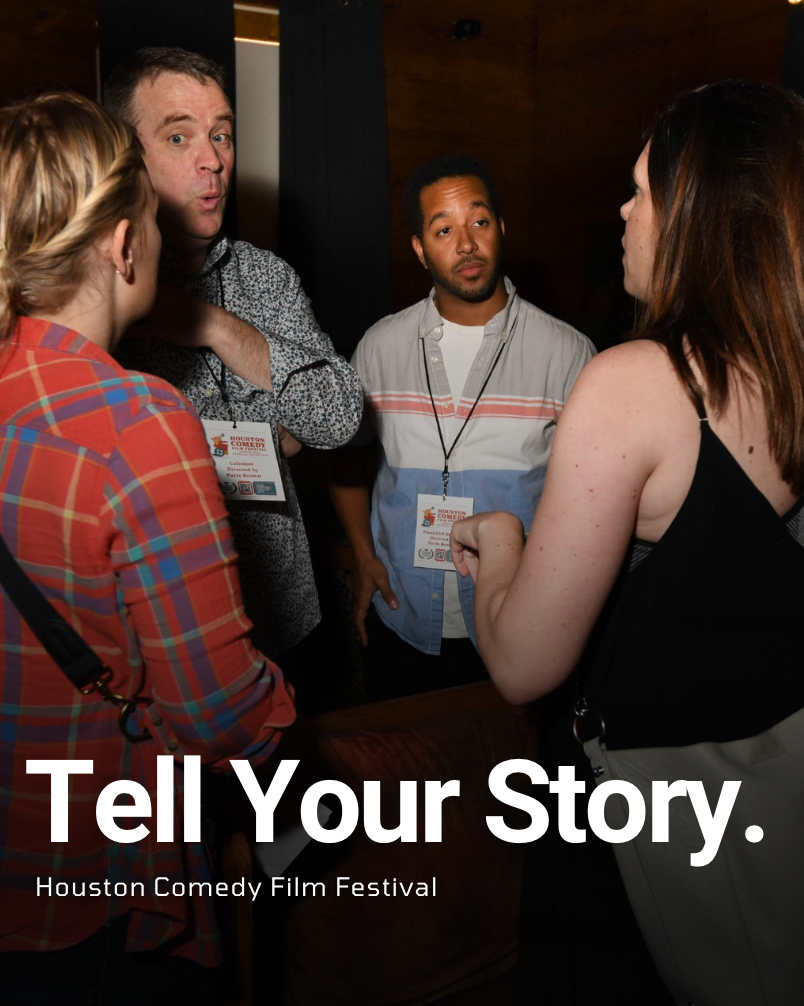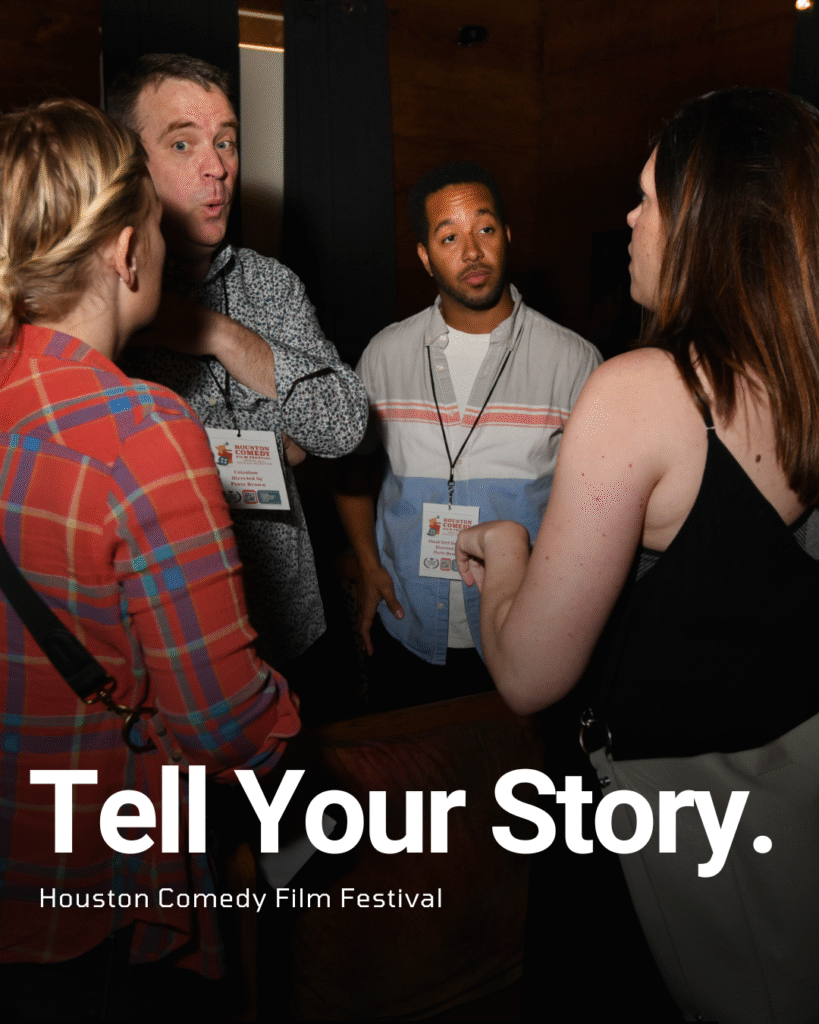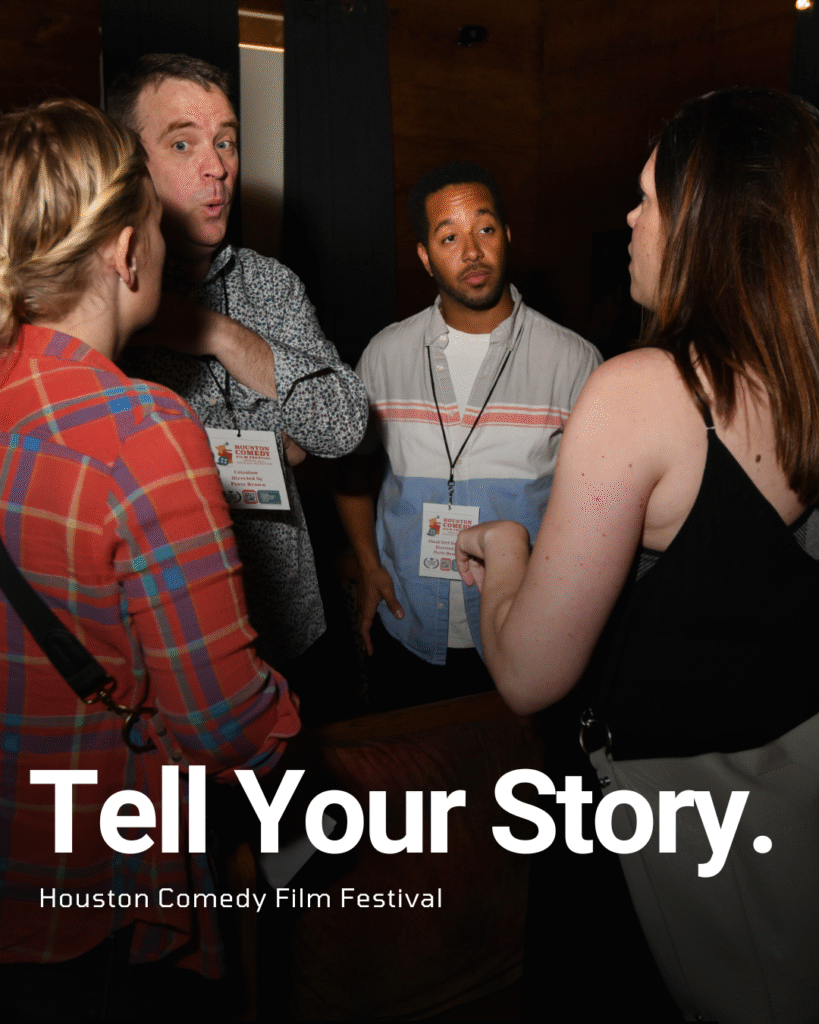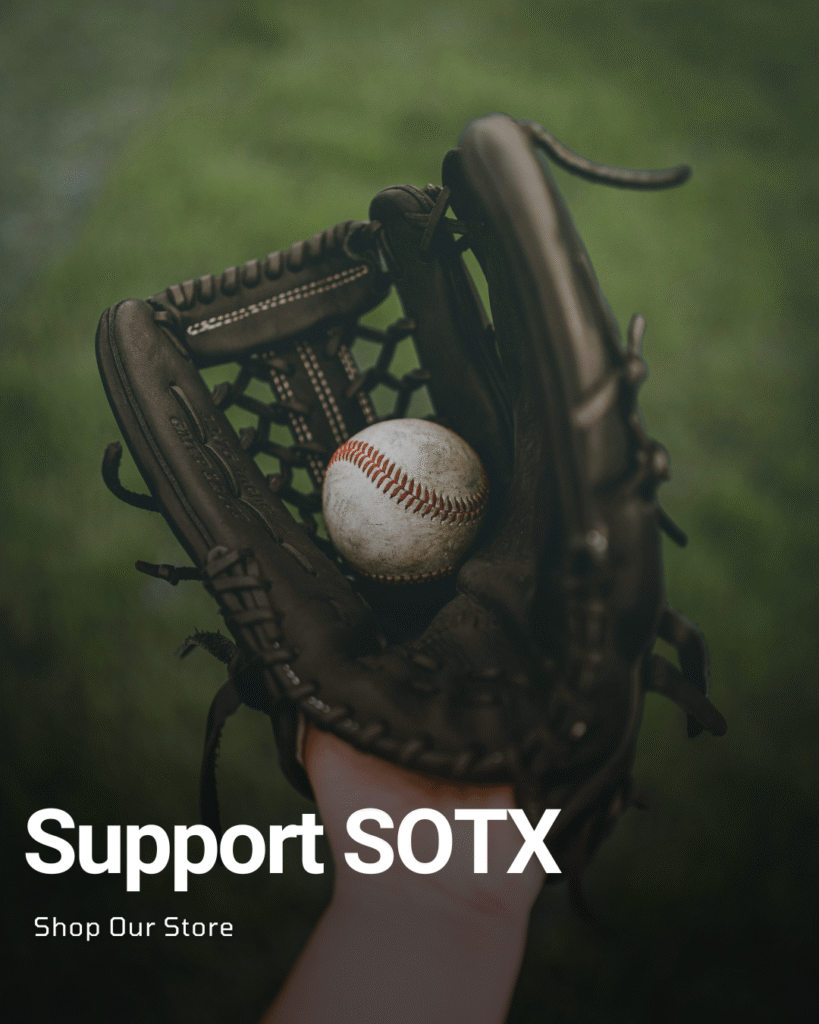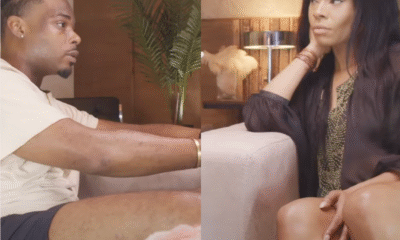Entertainment
Kim Richards Gets ‘Emotional’ on ‘RHOBH’ Cameo on December 7, 2023 at 2:05 am Us Weekly
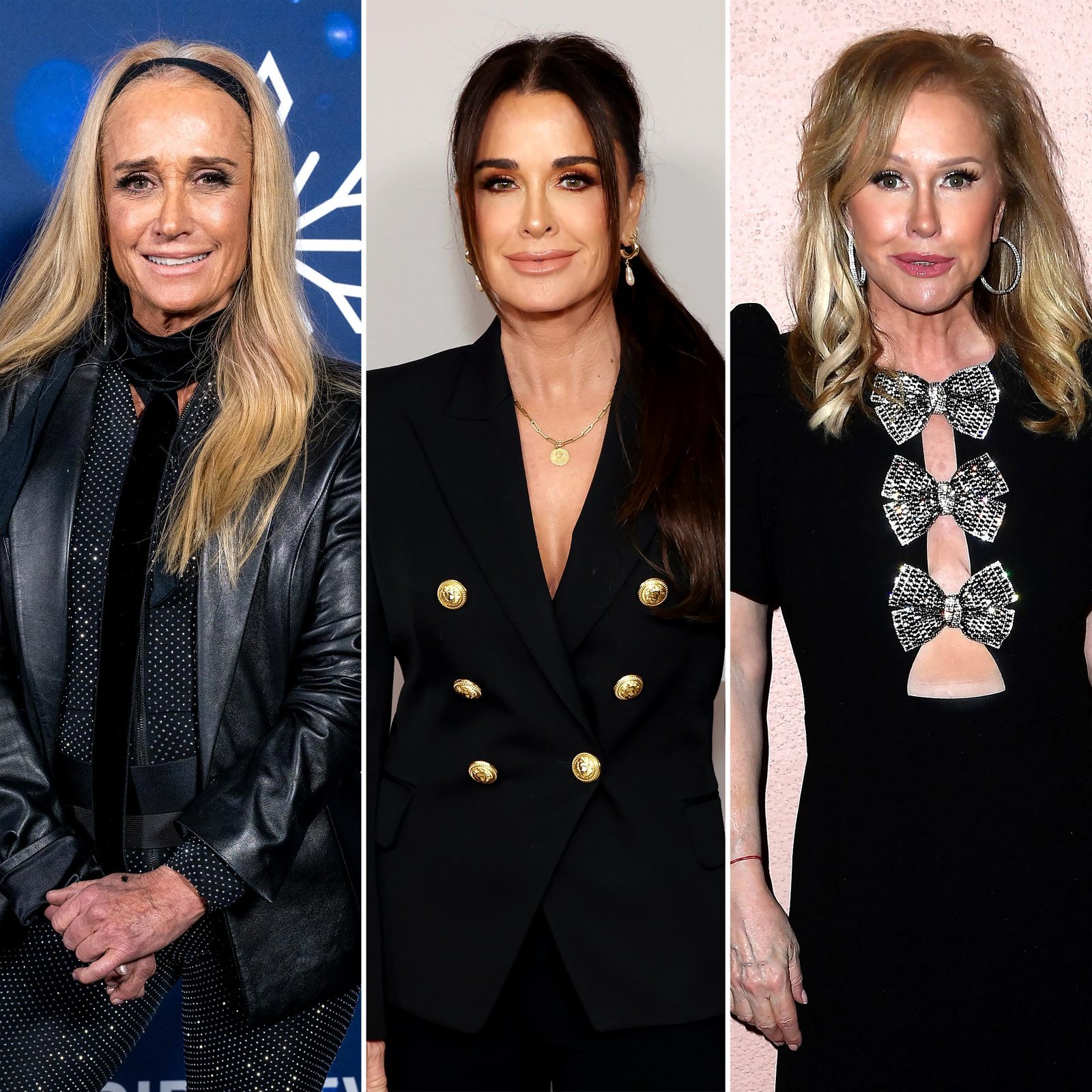
Kim Richards, Kyle Richards, Kathy Hilton. Getty Images(3)
Kim Richards advocated for Kyle Richards and Kathy Hilton’s reconciliation after their Real Housewives of Beverly Hills season 12 feud.
“I do believe — I’m going to get emotional — life is just too short to fight,” Kim, 59, shared on the Wednesday, December 6, episode of the Bravo show. “It just is not worth it. It bothers me.”
Kyle, 54, and Kathy’s relationship has been full of ups and downs for years, but things got extra rocky between them after Kathy had an alleged meltdown during a cast trip to Aspen on the 2022 season.
Lisa Rinna, a RHOBH cast member at the time, claimed that Kathy had threatened to take down Kyle and other women on the show.
Amanda Edwards/Getty Images
“I want you guys to fix it somehow,” Kim told Kyle during Wednesday’s RHOBH episode, during a tearful hug. “It can be so short.”
Kyle, for her part, said she doesn’t even know “how we got here.” She added, “I mean, I was having a good time with her, and I only had good intentions wanting her to be in the group. I don’t really know how this happened.”
From Kim’s point of view, both Kyle and Kathy “could have done something a little different.” She added, “In the moment, you don’t see that. … We all can make different decisions and everything is a lesson.”
Kyle noted that she “has to take a step back” before waiting “for the right time” to reconcile.
During her confessional, Kyle confessed that she’s upset about “all the time we are losing” as a family.
“We would normally all be together during these times,” she continued. “We’d all be close. … And that makes me sad.”
While the aftermath of their fight has been chronicled during RHOBH season 13 — which filmed late last year — Kyle and Kathy have since reconciled.
They first reunited, surprisingly in Aspen, to celebrate their niece’s wedding in June. Kathy was the one who apologized, as captured in an Instagram Video by Kyle’s eldest daughter, Farrah Aldjufrie.
“I’m sorry. It wasn’t your fault. It was not your fault,” Kathy said in the clip, Kyle joked to “get the video” of the apology. Kathy added, “It’s not your fault. It was not your fault. I was just being sad.”
The Real Housewives of Beverly Hills airs on Bravo Wednesdays at 8 p.m. ET.
Kim Richards advocated for Kyle Richards and Kathy Hilton’s reconciliation after their Real Housewives of Beverly Hills season 12 feud. “I do believe — I’m going to get emotional — life is just too short to fight,” Kim, 59, shared on the Wednesday, December 6, episode of the Bravo show. “It just is not worth
Us Weekly Read More
Entertainment
Kim and Kanye’s Daughter North West Faces Criticism Over Her Tattoos
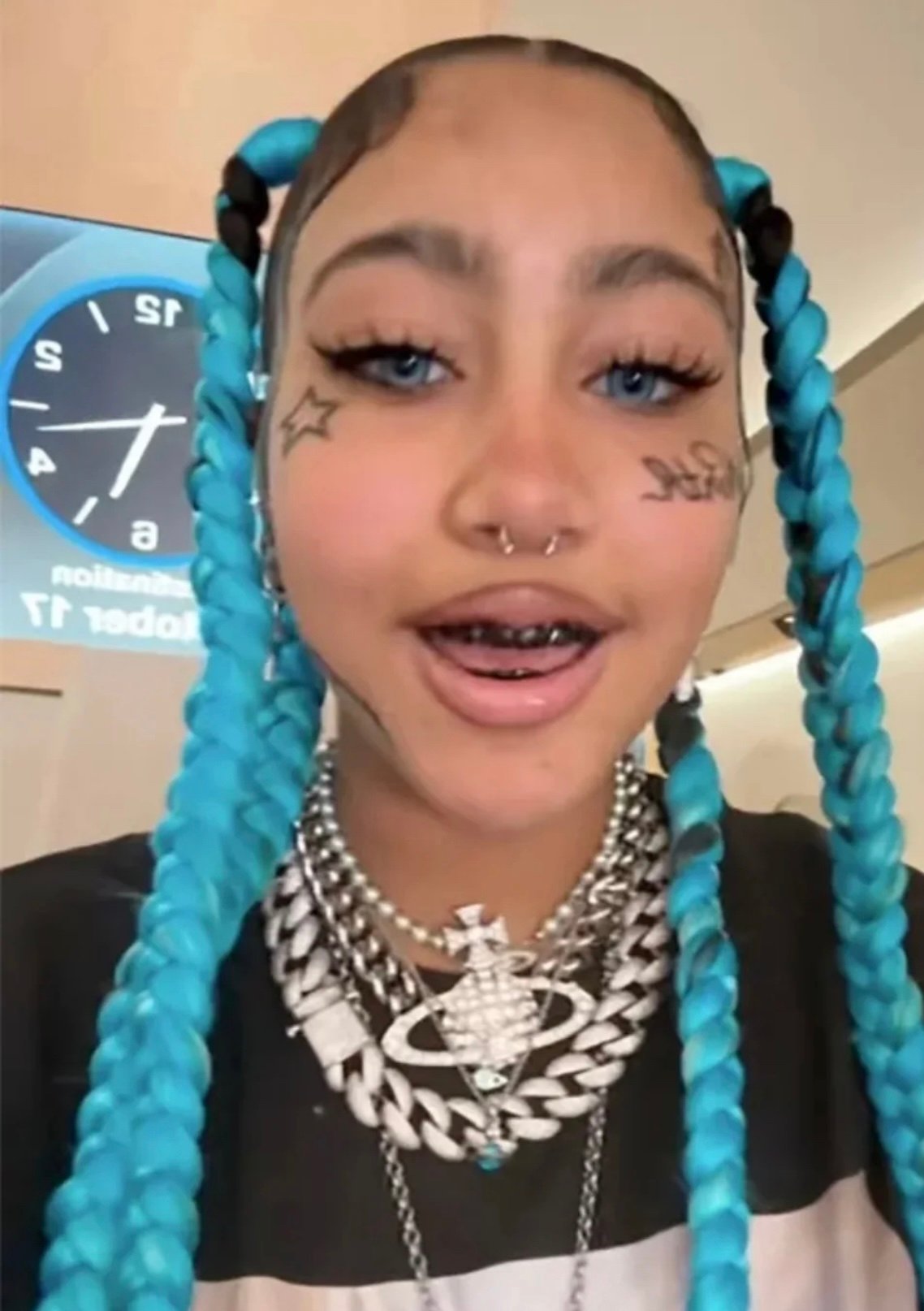
North West, the 12-year-old daughter of Kim Kardashian and Kanye West, is under the spotlight once again — this time for showing off a collection of tattoos that set social media on fire. In recent photos and videos circulating online, North was seen with several arm designs, including tributes to her parents and fashion-inspired symbols. While fans were quick to admire her bold style, not everyone was impressed.
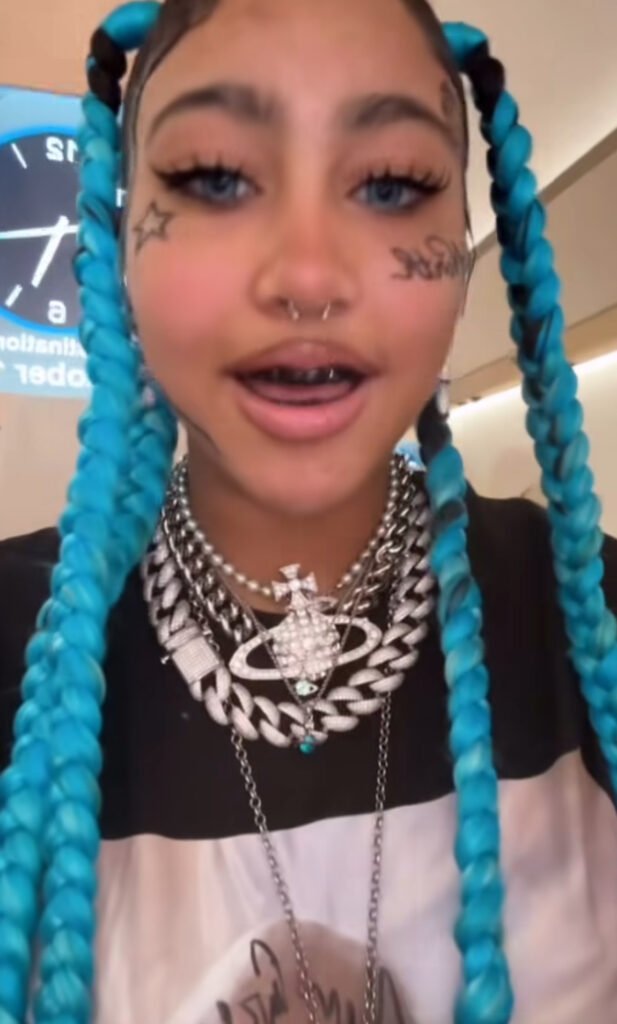
Critics argue that the tattoos — even though they appear to be temporary — are another example of celebrity children being pushed into adult trends too early. Comments flooded social media platforms, with some users saying Kim allows North too much freedom, while others defended the reality star’s parenting approach, praising her for letting her daughter explore creativity and self-expression.
“Kids should be kids,” one commenter wrote, reflecting a broader sentiment among parents online. Meanwhile, supporters pointed out that North comes from one of the most fashion-forward families in the world and that experimenting with style is part of her upbringing.
Kim Kardashian has not directly addressed the controversy, but she has often spoken about encouraging her children to express themselves authentically. North, already known for her viral TikTok appearances and fashion collaborations, seems unfazed by the criticism.
At just 12, North West continues to blur the lines between youth culture and celebrity identity — reminding the public that in the Kardashian–West household, individuality isn’t just allowed, it’s celebrated.
Entertainment
Jennifer Lopez’s Ex Fires Back: “You Are the Problem”

Ojani Noa Accuses J.Lo of Cheating After “Never Been Loved” Comments
Jennifer Lopez is once again at the center of a media storm — but this time, it’s her first husband, Ojani Noa, turning up the heat. Following Lopez’s recent Howard Stern Show interview, in which she claimed she has “never been truly loved” by any of her exes, Noa has publicly accused the superstar of cheating and playing the victim.
In the viral Instagram post that has now spread across major outlets like TMZ and New York Post, Noa didn’t hold back.
“Stop putting us down. Stop putting me down with your victim card,” he wrote. “The problem is not us. Not me. The problem is you. You’re the one who couldn’t keep it in your pants.”
“You Chose Fame and Lies Over Love”
Noa and Lopez were married briefly from 1997 to 1998, before her rise to Hollywood superstardom. In his explosive statement, he accused her of being unfaithful during their marriage, claiming she prioritized fame over their relationship.
“You have been loved a few times. You’ve been married four times. And have had countless relationships in between,” Noa continued. “You decided to lie, to cheat on me. You begged me to keep the marriage intact to avoid bad press.”
Noa described himself as “faithful, honest, and loving,” saying he uprooted his life and career to support Lopez at the beginning of her entertainment journey. “I left my family, my friends, everything behind for you,” he wrote, “but once fame came calling, you left me behind.”
Lopez Silent Amid Growing Backlash
As of now, Jennifer Lopez has not publicly responded to Noa’s allegations. During her Howard Stern interview, the singer and actress claimed her former partners “weren’t capable” of loving her, saying, “It’s not that I’m not lovable… it’s that they’re not capable.”
Her remarks were widely interpreted as referencing all of her ex-husbands — including Marc Anthony, Cris Judd, and Ben Affleck — but it was Noa who reacted first and most forcefully. His comments have ignited widespread debate online, with many questioning whether Lopez’s honesty came at the expense of others’ reputations.
Public Response and Media Fallout
The online reaction has been intense, with social media users split between defending Lopez’s right to share her truth and blasting her for allegedly rewriting history. Meanwhile, entertainment analysts note that the controversy adds to an increasingly turbulent year for the singer, following canceled tours, underperforming films, and ongoing scrutiny over her marriage to Affleck.
This latest backlash has also reignited conversations about Lopez’s highly publicized romantic history. As tabloids and fans speculate whether more exes might respond, the situation underscores an old truth in celebrity culture — that every candid confession comes with consequences.
For now, Jennifer Lopez remains silent. But in the court of public opinion, the debate about who’s really at fault in her love story is only just beginning.
Entertainment
Selling Your Soul in Hollywood: The Hidden Cost of Fame
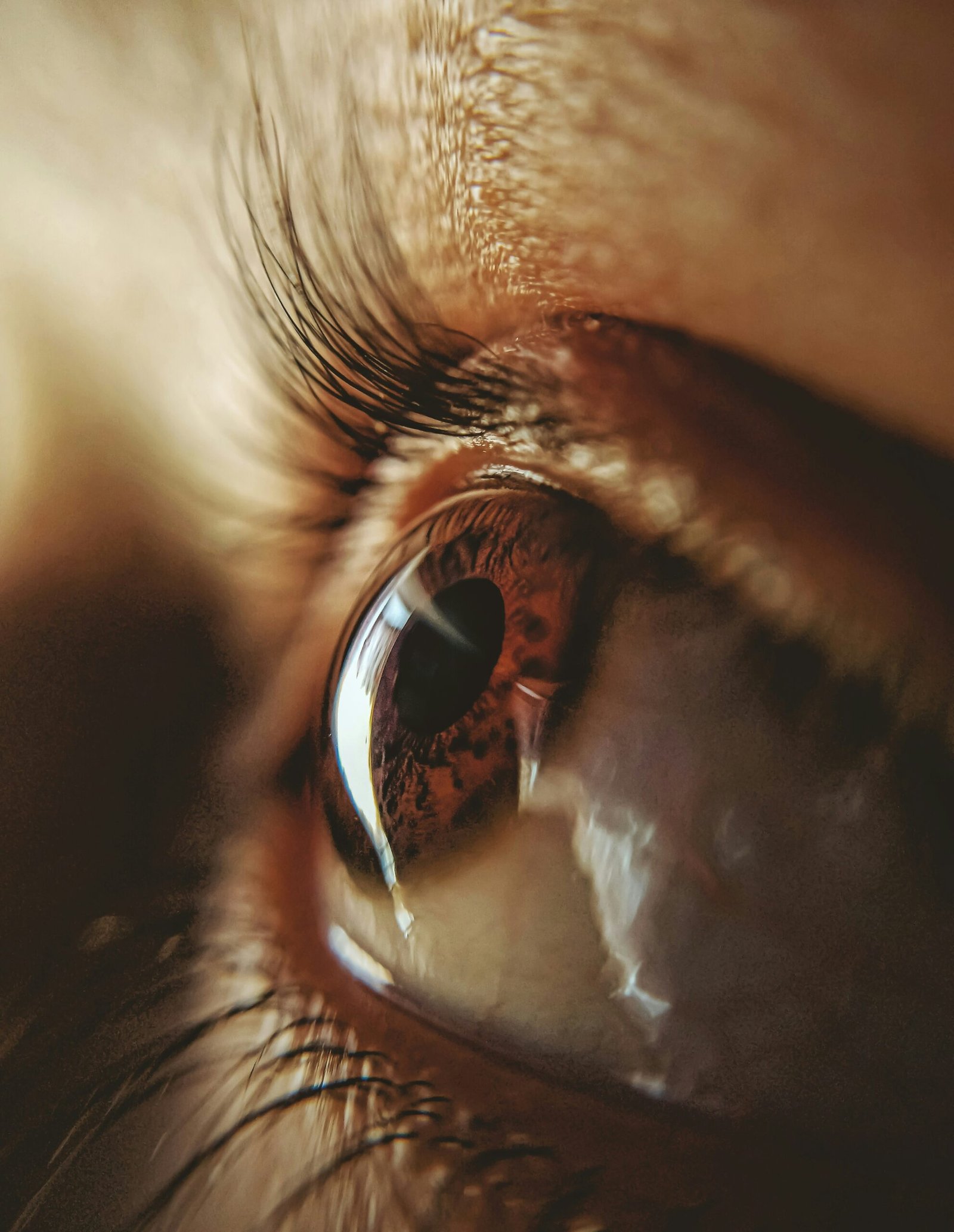
By all appearances, Hollywood is a dream factory — a place where charisma, talent, and luck collide to create stars. But behind the camera lights and red carpets lies a conversation few inside the industry speak openly about: the spiritual and moral price of ambition.
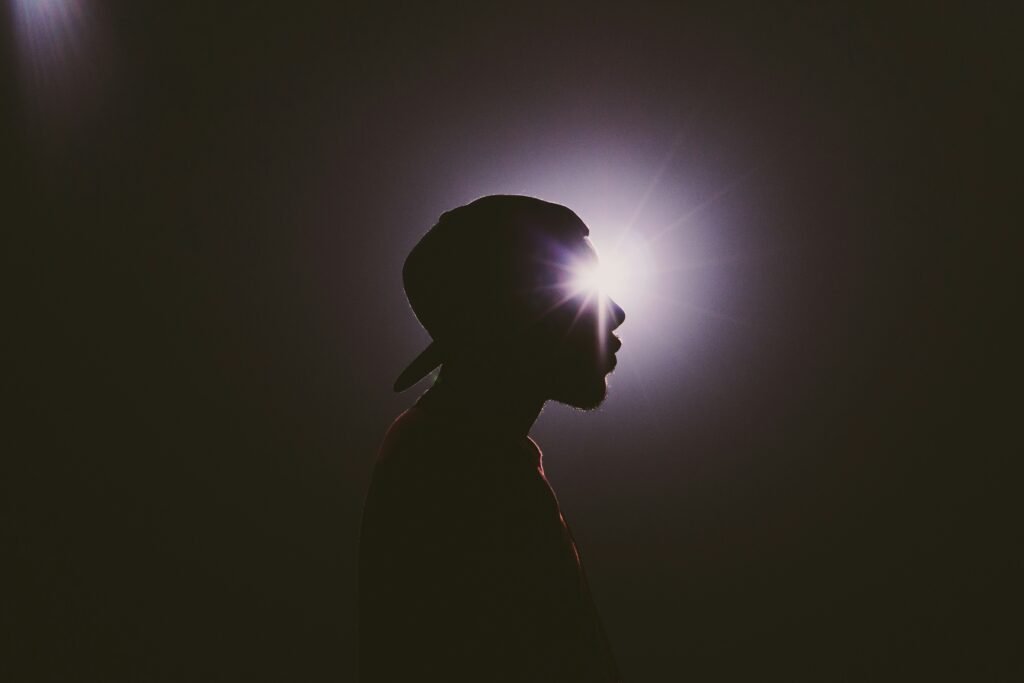
For actor Omar Gooding, the idea of “selling your soul” in Hollywood isn’t a metaphor — it’s a moral process that begins with tiny compromises. In an October 2025 interview, Gooding explained that no one in Hollywood makes a literal deal with the devil. Instead, it’s the quiet yeses, the moments when comfort overrides conviction, that mark the beginning of the trade. “They don’t say, ‘Take this or you’ll never make it,’” he said. “They just put it in front of you. You choose.”
Those choices, he argues, create a pattern. Once you show that you’ll accept something you once resisted, the industry notices. “Hollywood knows who it can get away with what,” Gooding said. “One thing always leads to another.” The phrase “selling your soul,” in this context, means losing your say — doing what you’re told rather than what you believe in.
That moral tension has long shadowed the arts. Comedians like Dave Chappelle, who famously walked away from millions to preserve his creative integrity, often serve as examples of where conviction and career collide. In resurfaced interviews, Chappelle hinted that he felt manipulated and silenced by powerful figures who sought control of his narrative, warning that “they’re trying to convince me I’m insane.”
This isn’t just about conspiracy — it’s about agency. Hollywood runs on perception. Performers are rewarded for being agreeable, moldable, entertaining. Those who question the machine or refuse the script risk exile, while those who conform are elevated — sometimes beyond what they can handle.
“We see the ‘collections’ all the time,” Gooding explained. “When the bill comes due, you can tell. They made that deal long ago.”
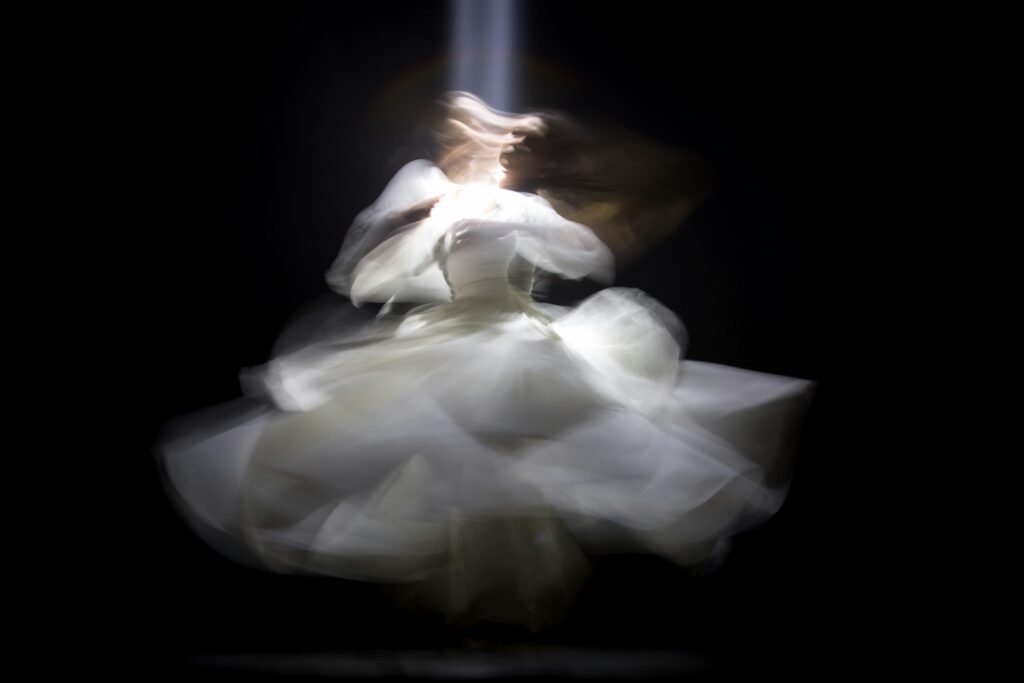
But the story doesn’t end in darkness. Gooding also emphasizes that in today’s entertainment landscape, artists have more control than ever. With streaming, social media, and creator‑driven platforms, performers don’t have to “play the game” to be seen. Independent creators can build their own stages, speak their own truths, and reach millions without trading authenticity for access.
Still, the temptation remains — recognition, validation, quick success. And every generation of artists must answer the same question: What are you willing to do for fame?
As Gooding put it, “You just make the best choices you can. Because once it’s gone — your name, your peace, your soul — there’s no buying it back.”

 Business3 weeks ago
Business3 weeks agoWhy Are Influencers Getting $7K to Post About Israel?

 Health4 weeks ago
Health4 weeks agoWhy Did Gen Z QUIT Drinking Alcohol?

 Advice4 weeks ago
Advice4 weeks agoHow AI Is Forcing Everyone Into the Entrepreneur Game

 Entertainment3 weeks ago
Entertainment3 weeks agoKeith Urban and Nicole Kidman Split After 20 Years as Actress Files for Divorce

 Entertainment3 weeks ago
Entertainment3 weeks agoTilly Norwood’s Rise Stirs Controversy

 News3 weeks ago
News3 weeks agoHow a Government Shutdown Could Hit Your Life and Wallet

 Entertainment4 weeks ago
Entertainment4 weeks agoWhy Did Dakarai Trash His NBA Letters?

 Business3 weeks ago
Business3 weeks agoOverqualified? Great, Now Prove You’ll Work for Free and Love It!



